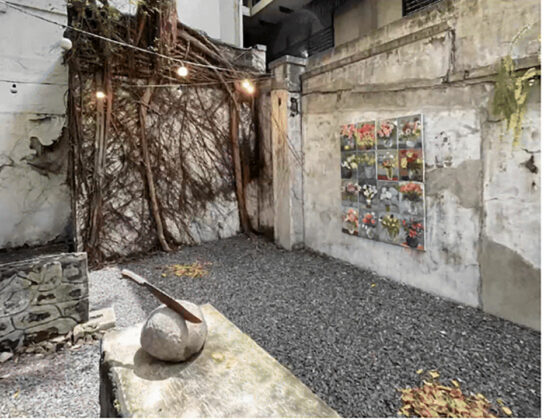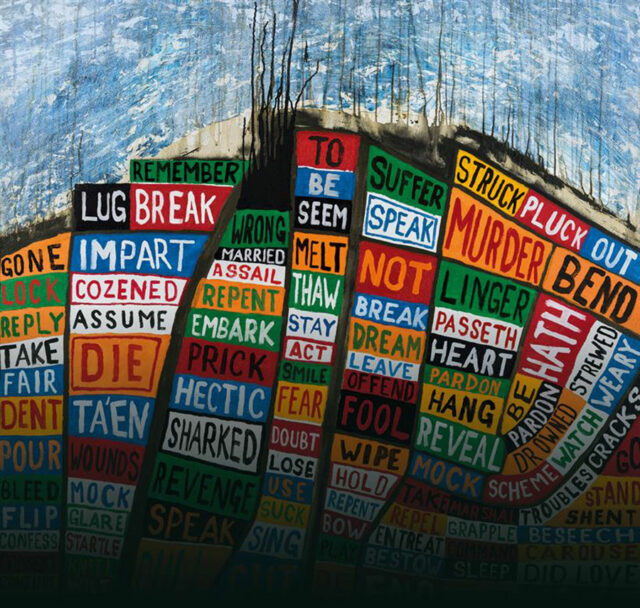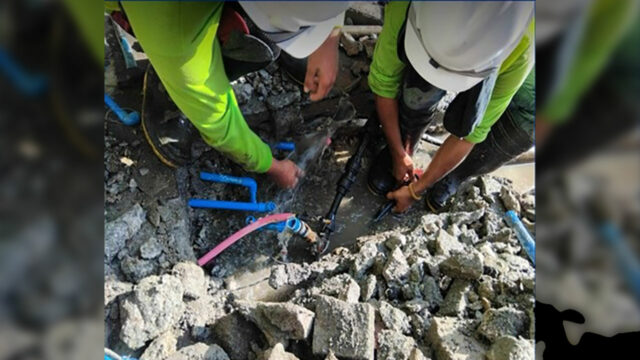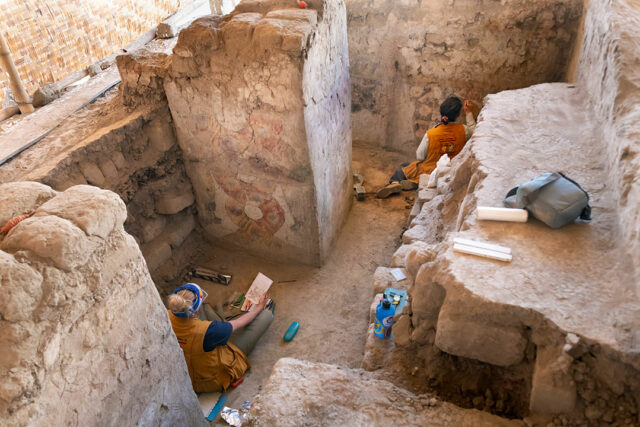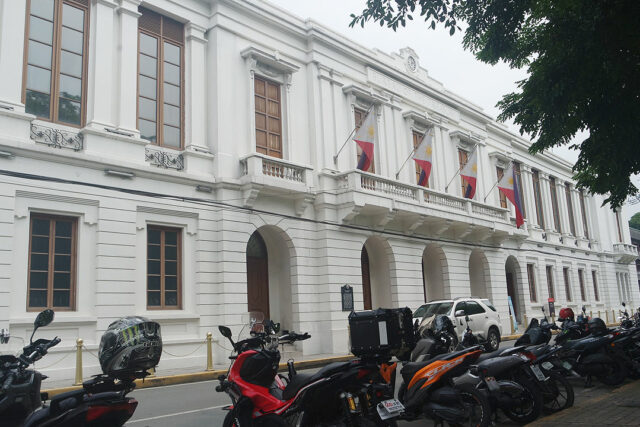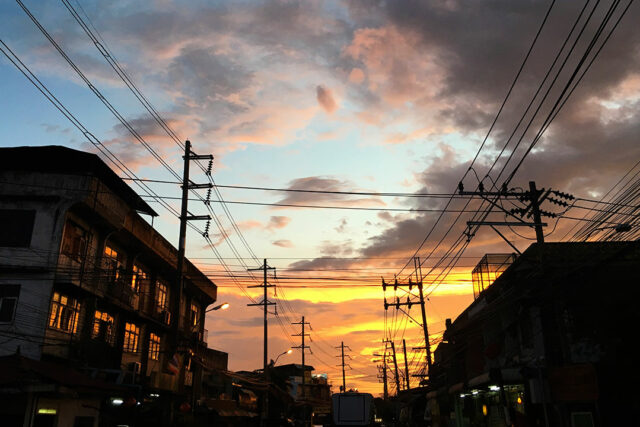Arts & Culture (10/02/24)
Calle Wright reopens its doors
AFTER a brief hiatus, gallery Calle Wright has reopened its doors with the exhibition Lived/Loved by Christina Quisumbing Ramilo. The show makes use of tools, scraps, and remnants of daily life, like used sandpaper, frayed painting rags, and discarded pencils, to speak of the wear and tear of labor and the passage of time. Ms. Ramilo said in a statement that she selected “works that enter into conversation with Calle Wright, a house that once held life and bears the marks of a lived experience” in order to reveal the intimate relationship between used objects and previously inhabited spaces. The show will run at Calle Wright — 1890 Vasquez St., Malate, Manila — until January 2025.
4th staging of Ang Pinakamakisig sa mga Nalunod sa Buong Daigdig
CO-PRESENTED by the FEU Center for the Arts and Alumni Relations Office, the FEU Theater Guild (FTG) returns to the uncanny coasts of Isla Esteban and restages for the fourth time the play Ang Pinakamakisig sa mga Nalunod sa Buong Daigdig to close its 90th theater season. Set on water, this mystery-filled play was adapted from Gabriel Garcia-Marquez’s The Handsomest Drowned Man by Teresa Lorena Jopson. Jeff Hernandez composed the music, along with musical direction by Jesus Singh III. Dudz Teraña, the Artistic Director of the FTG, handled the overall direction and choreography. Premiering on Oct. 2 at the FEU Center of the Arts Studio, the play will have two principal casts, one an all-female and one all-male, each character played by either current members of the FTG or its alumni. There will be performances from Oct. 2 to Nov. 23, 6 p.m. Ticket prices are P200 for the FEU Community, P400 for regular guests, and P600 for VIP seats.
October exhibits at Vinyl on Vinyl
THREE ARTISTS will open their solo exhibitions at Vinyl on Vinyl on Oct. 3. The first is Dennis Bato’s Existsentience, which represents his personal perspective on the 12 universal laws of the cosmos through the relationship of the micro to the macro and the inner to the outer. Meanwhile, Roger Mond’s Homo-Eclectic will present a smorgasbord of images with themes such as the post-apocalypse, piracy, artificial intelligence, robots, and horror, confronting modern-day existential curiosity and dread about walking into the future hand in hand with technology. The third exhibit is Iyan De Jesus’ Sheepskin. The three exhibits will be on view at Vinyl on Vinyl, La Fuerza Plaza, Chino Roces Ave., Makati.
Indigenous Peoples Month kicks off
THE National Commission for Culture and the Arts’ sub commission on cultural communities and traditional arts, is celebrating Indigenous Peoples (IP) Month at Lake Sebu, South Cotabato, from Oct. 3 to 5. Titled Dayaw, which means to “honor” or “celebrate,” the program features activities that promote the rich culture and tradition of IPs all around the country. With the theme “Katutubong Filipino: Pagtibayin ang Tagumpay 2030 (Indigenous Filipinos: Strengthening the Success by 2030),” it will host groups of Manlilikha ng Bayan and Cultural Masters of the Schools Living Traditions who ensure the continued safeguarding of Intangible Cultural Heritage. Various cultural performers will showcase their talents while an outreach program will demonstrate food, arts, and crafts in select locations and high schools across Lake Sebu and South Cotabato.
Maria Makiling musical set to open in October
KIDS Acts Philippines is opening its 19th season with a Philippine myth written by National Hero, Dr. Jose Rizal, titled Maria Makiling, which will run from October until April 2025. This musical adaptation is the artistic collaboration of two award-winning Filipino directors, Luigi Nacario and Eugene Belbis. The play features Hya Leonado, Kris Robles, and Mirriam Reyes alternating as Maria Makiling and Jared Balling as Juan. It opens on Oct. 8 at 6 p.m., at St. Cecilia’s Hall at St. Scholastica’s College Manila, 2560 Leon Guinto Street, Malate, Manila. Tickets cost P1,000. For reservations, call 0945-350-4242 or e-mail kidsactsphilippines@yahoo.com.ph.
Filipinos present their art in Japan
TWELVE FILIPINO contemporary artists are set to exhibit their works in Japan this October with an exhibition titled BIJUTSU, a Japanese word that means “fine art.” The group said in a statement that this exhibition will “bring forth and showcase the rich and diverse world of Philippine fine art.” The exhibit will be held at the Toyono Gallery Vitokuras in Osaka from Oct. 11 to 20. The participating artists are Allen V. Sanchez, Angelie Banaag, Ann Theresa E. Bolos, Art Lozano, Arturo Arsega, Jr., Bing Famoso, Daniel Dumaguit, Franklin Cana, Isah Rodillo, TatEs Cannon, Mylene Quito, and Valerie Teng.
70 Filipino authors at Frankfurt Book Fair
WHILE the Philippines will take a central role at the 2025 Frankfurter Buchmesse (FBM) as the Guest of Honor, in the 2024 edition of the world’s biggest book fair, more than 70 publishers, authors, and creatives and around 700 titles will already grace the Philippine booth. The booth at the book fair, which runs from Oct. 16-20, will showcase genres such as graphic novel, children, new adult, and education. The theme for the Philippine participation this year is “The Imagination peoples the air.” A press conference at Frankfurter Buchmesse will take place on Oct. 17 to unveil the visual identity, theme, and plans for 2025, presented by Patrick Flores, the Curator of the 2025 Philippine Pavilion, while Karina Bolasco, head of the literary program and curator for Books for the Philippines, will discuss the literary and publishing landscape in the Philippines. The press conference will also feature conversations with Filipino author Budjette Tan, creator of the graphic novel series Trese, and artist Jaya Jacobo. Participation is made possible through the joint efforts of the National Commission for Culture and the Arts, the National Book Development Board, the Department of Foreign Affairs, and the Office of Senator Loren Legarda.


